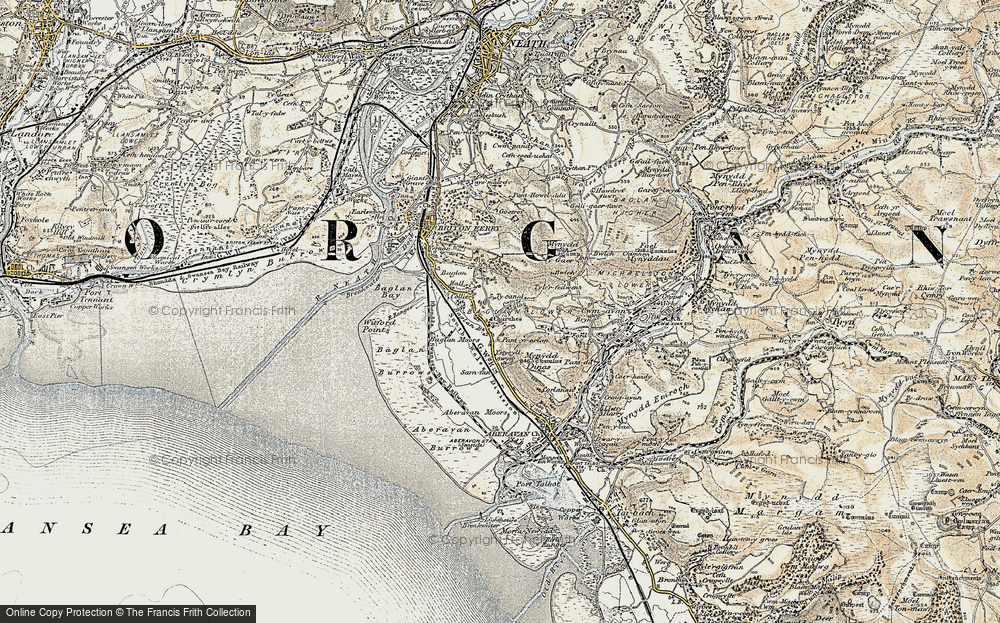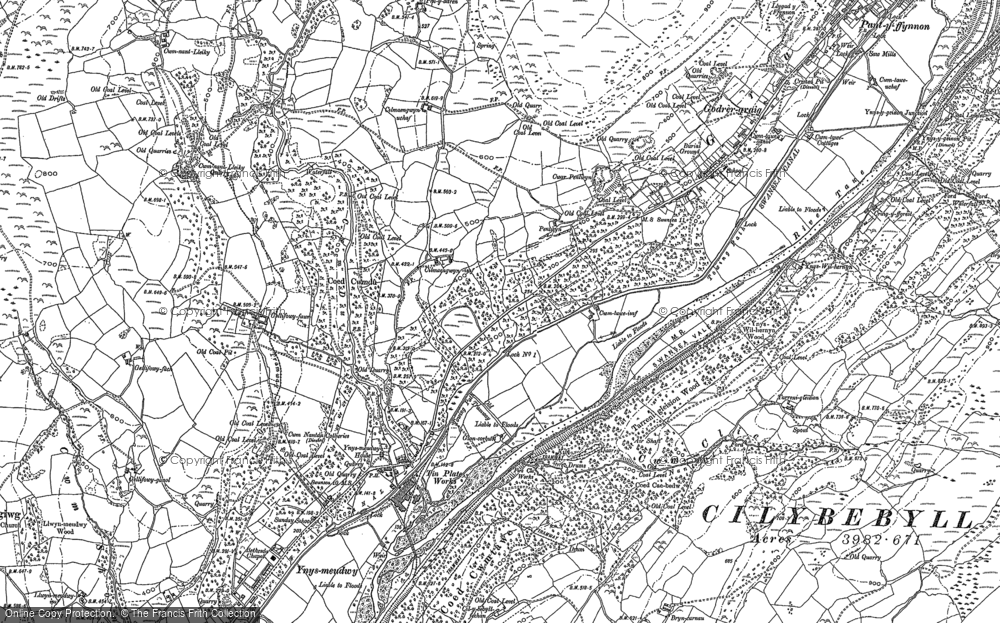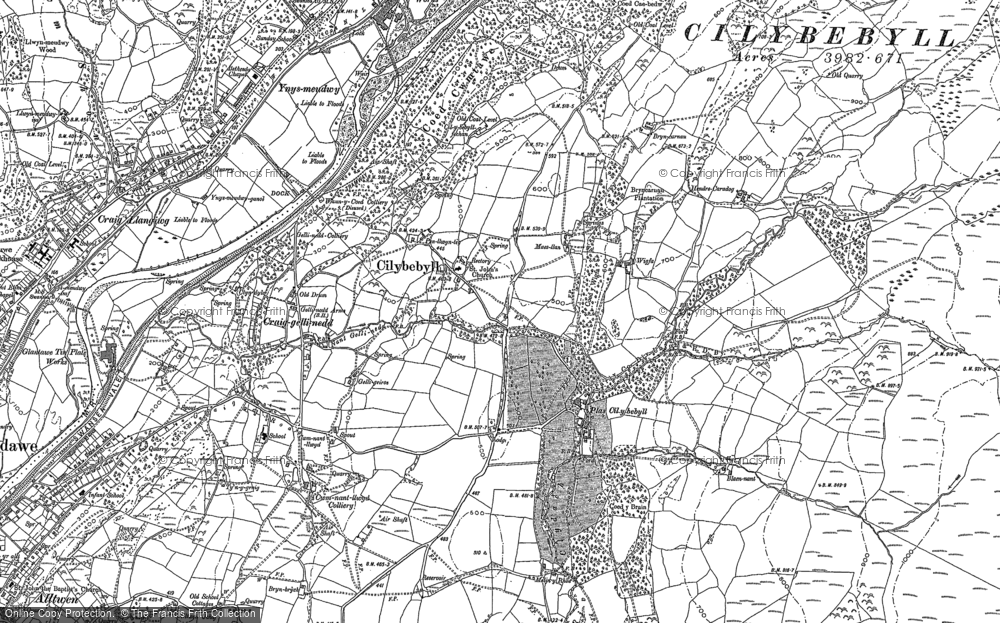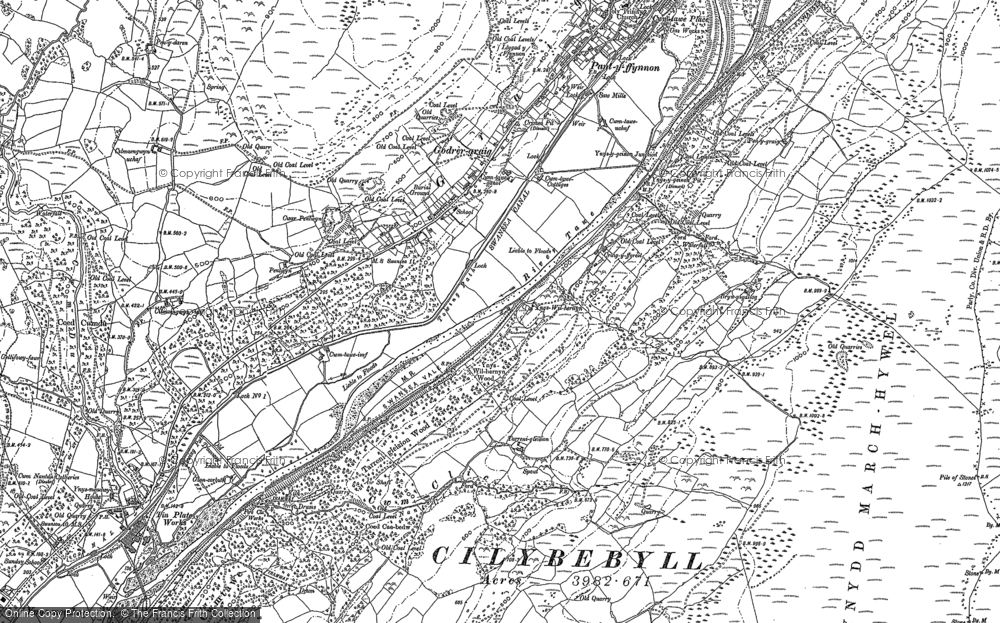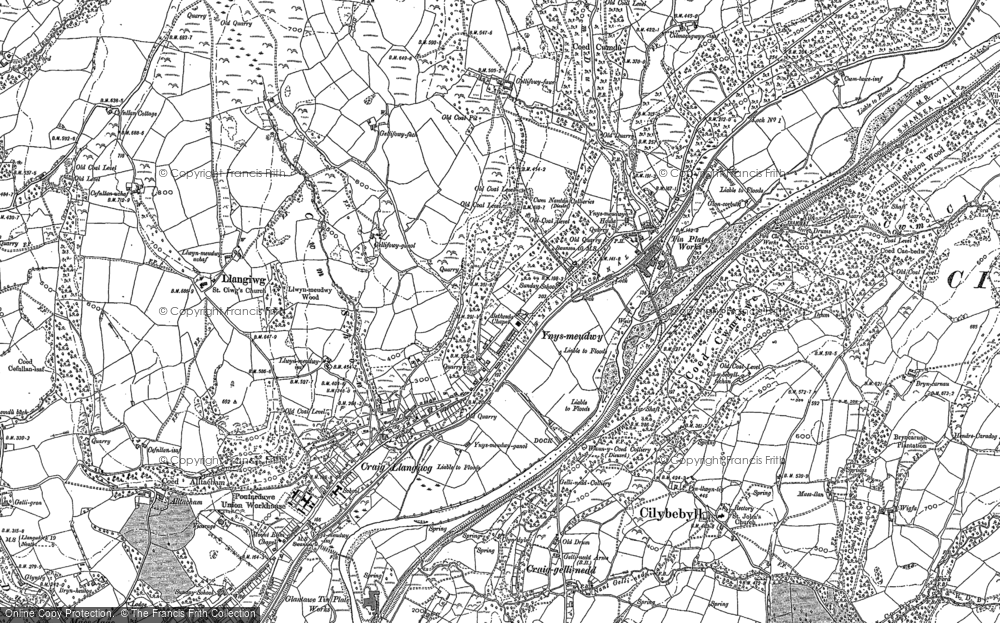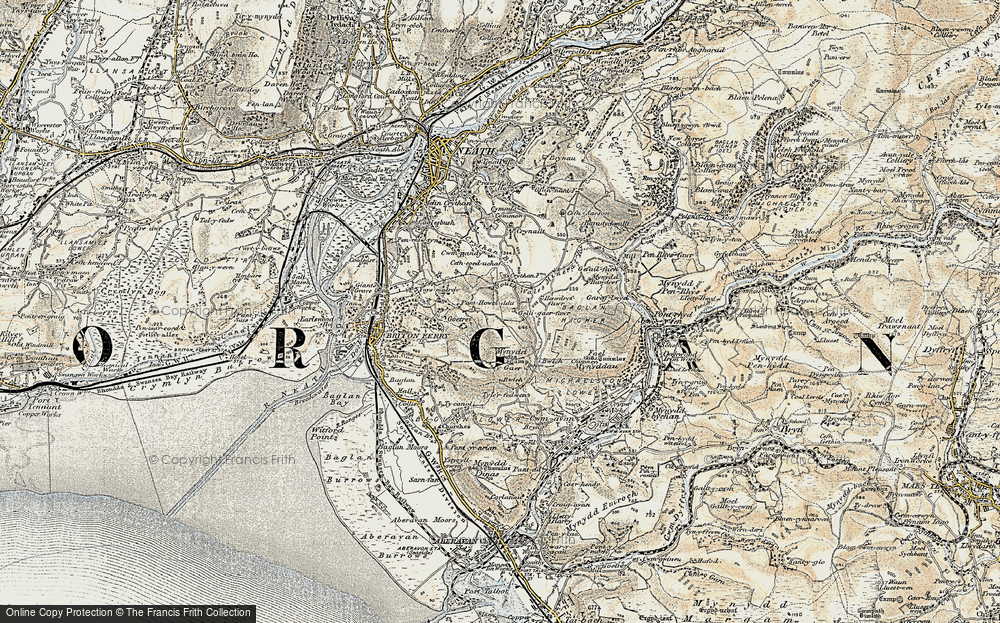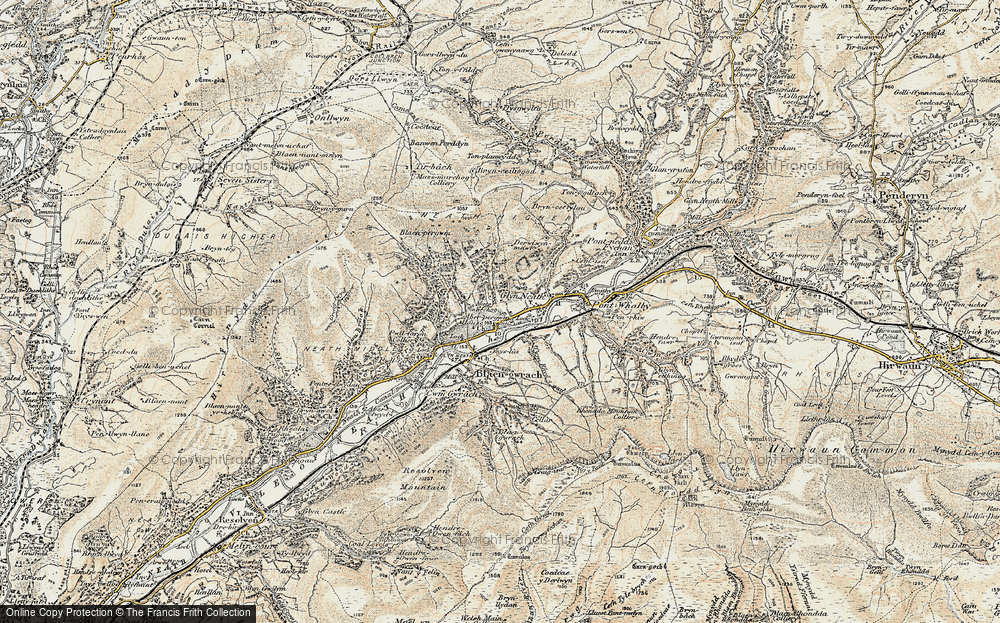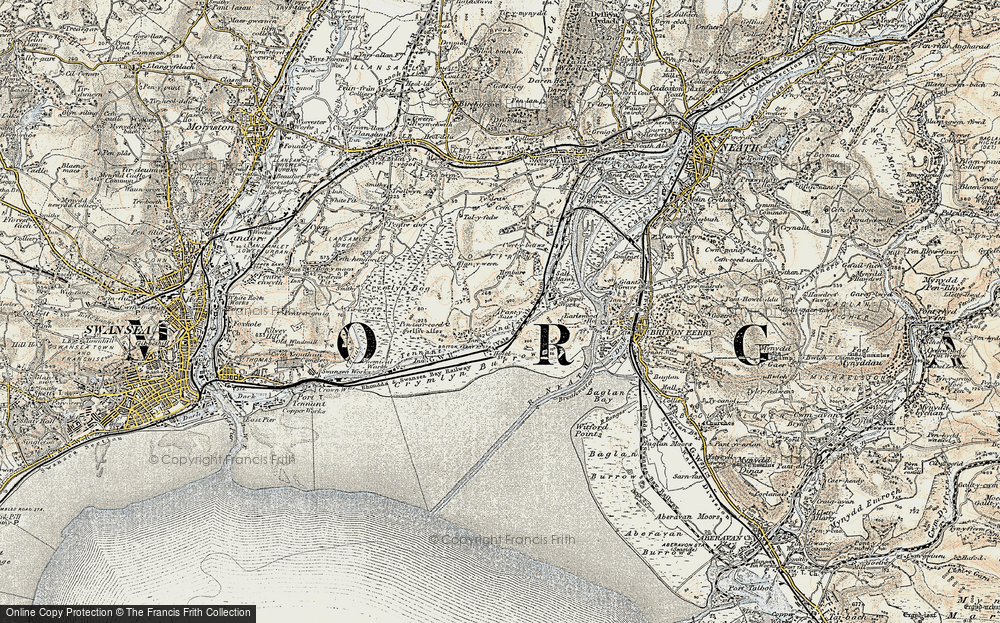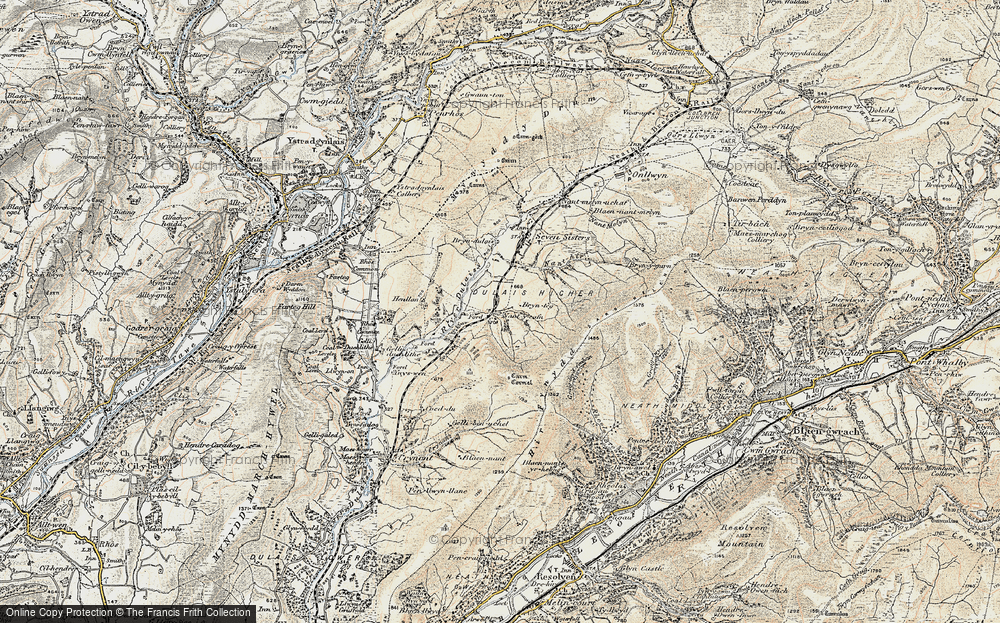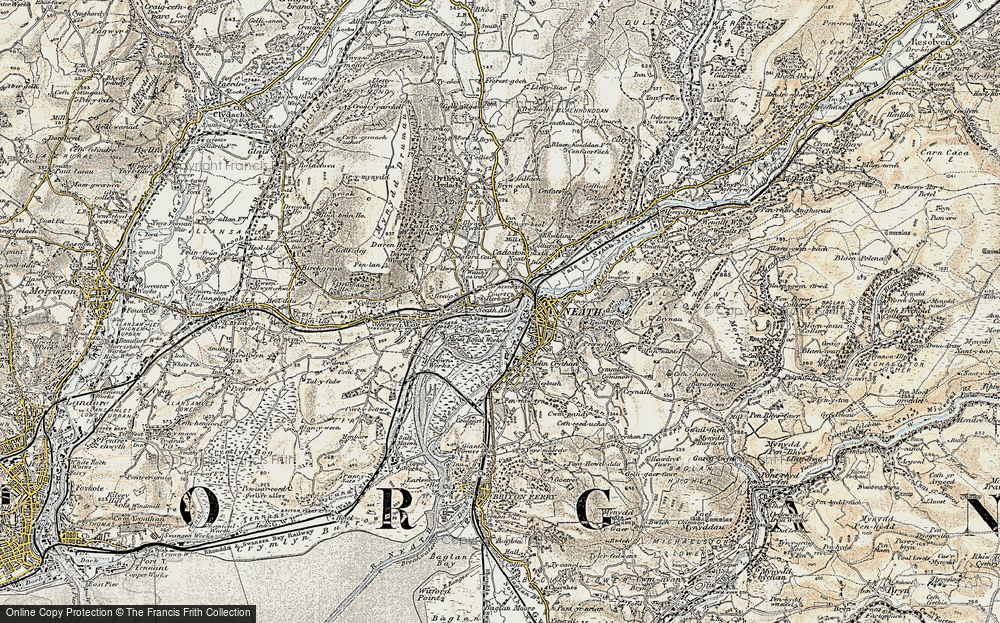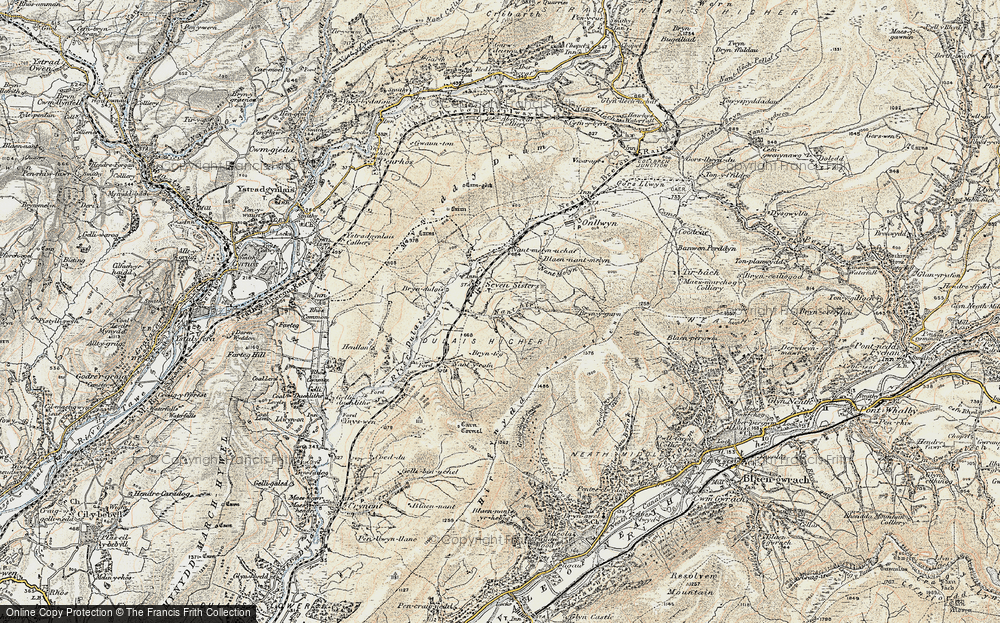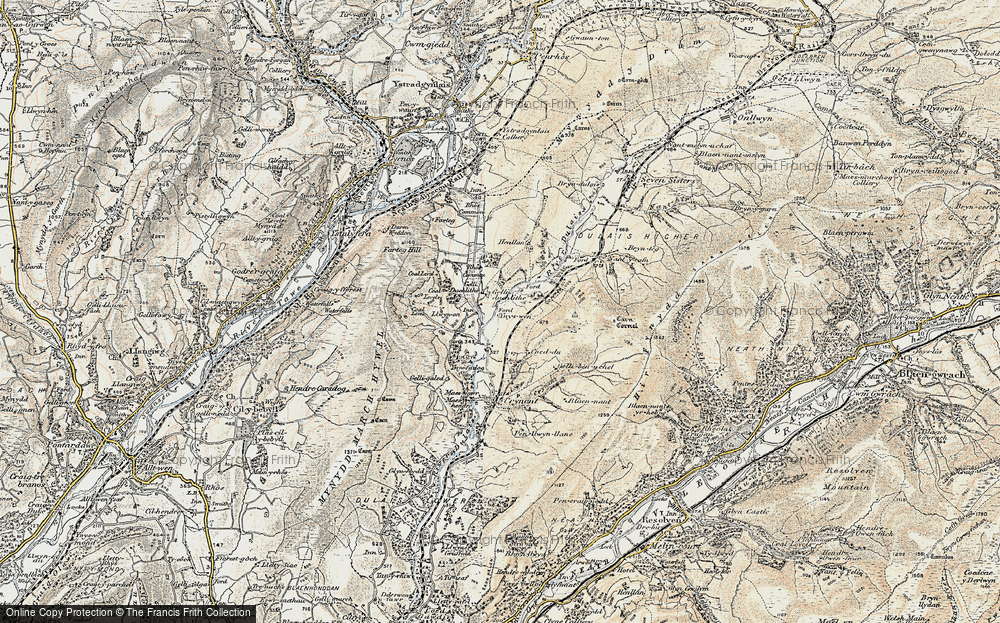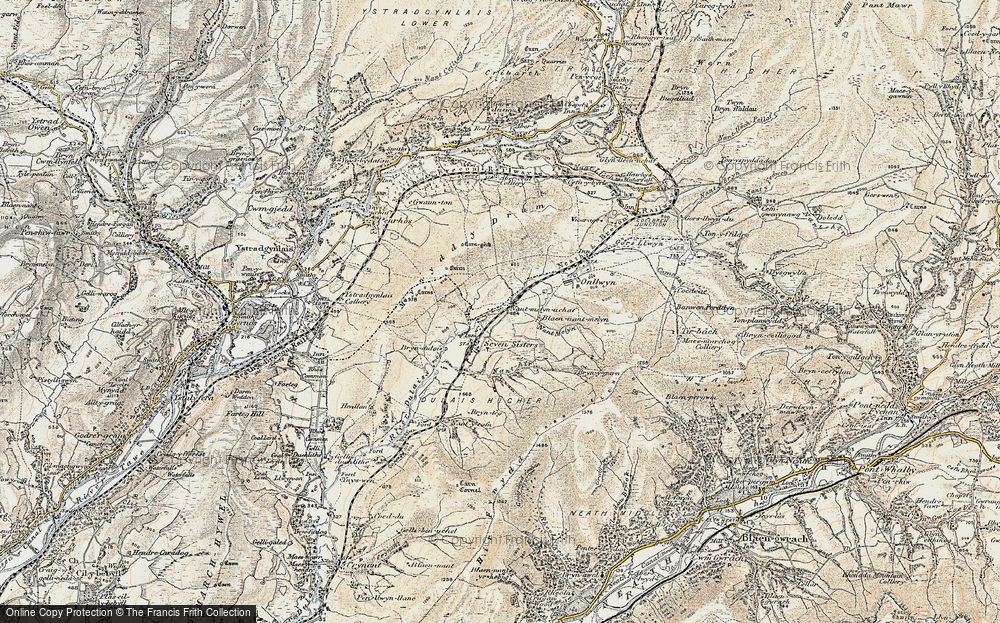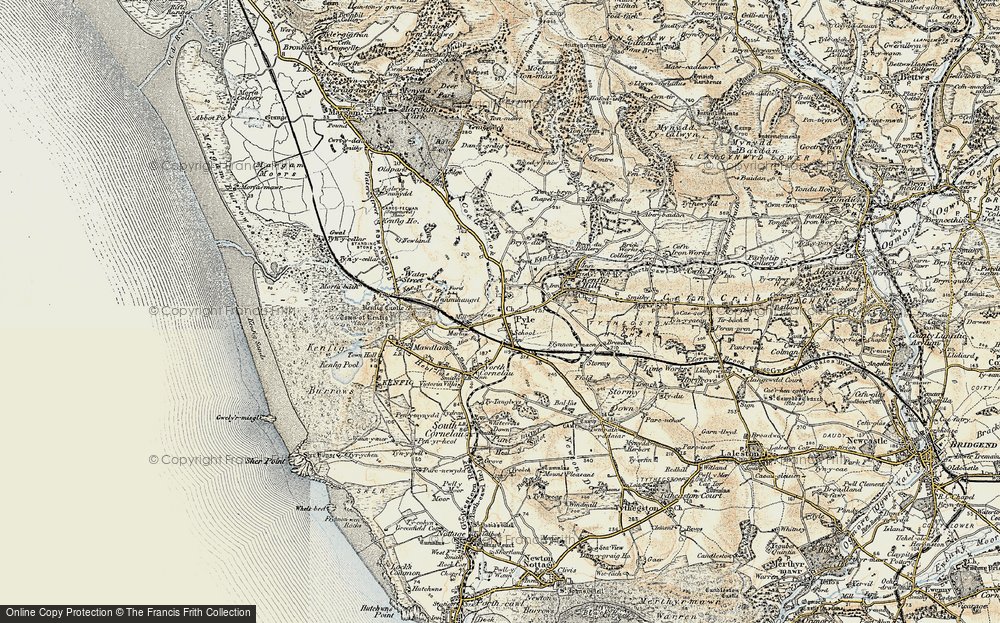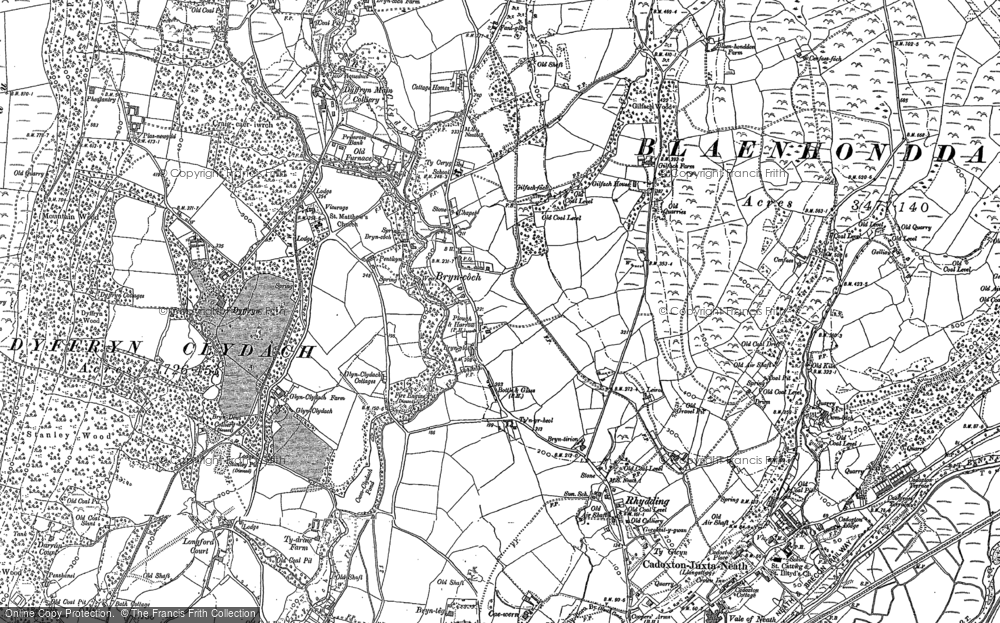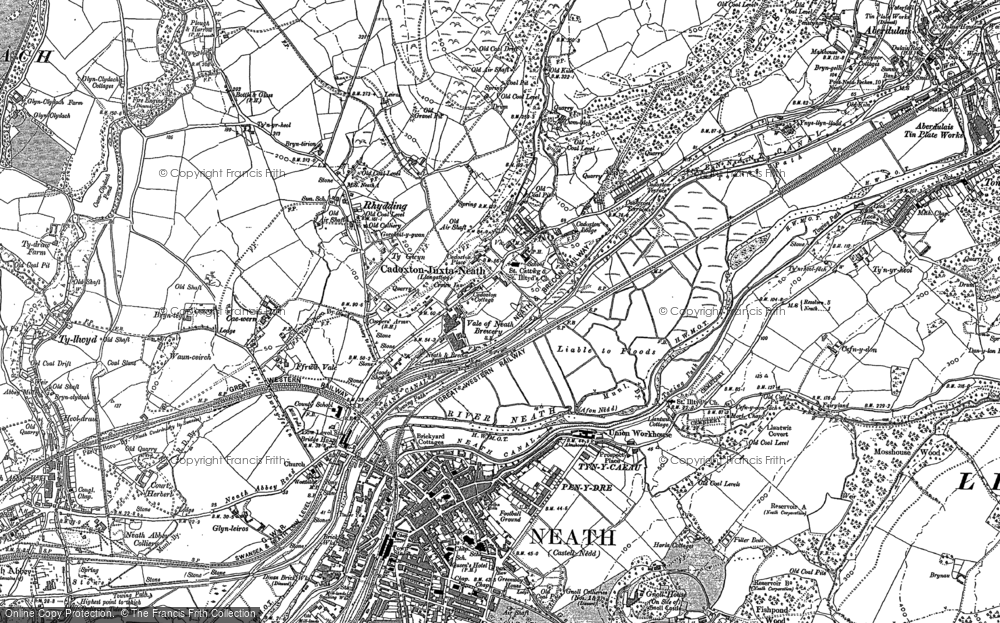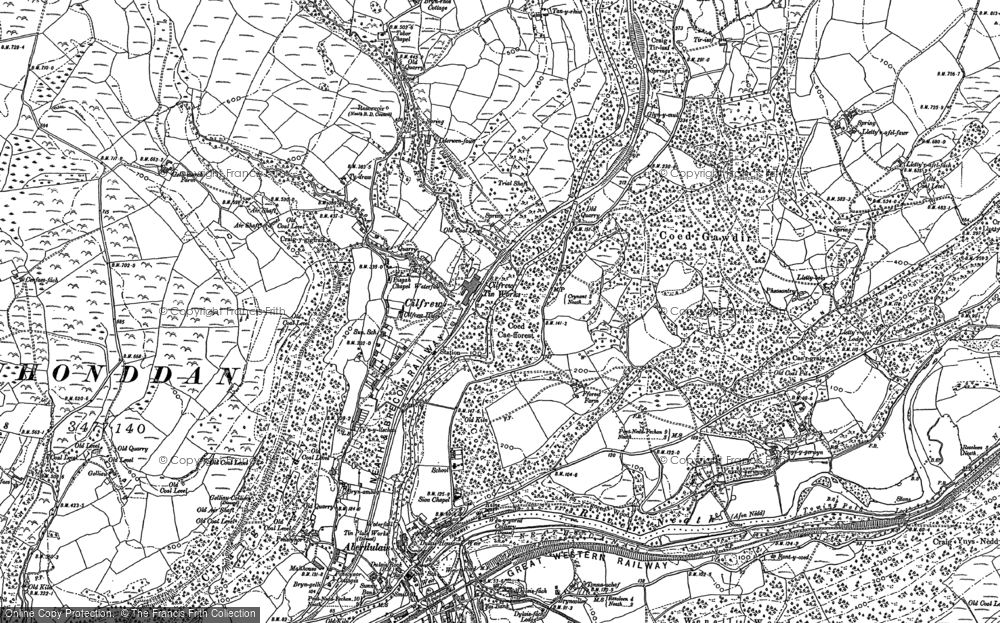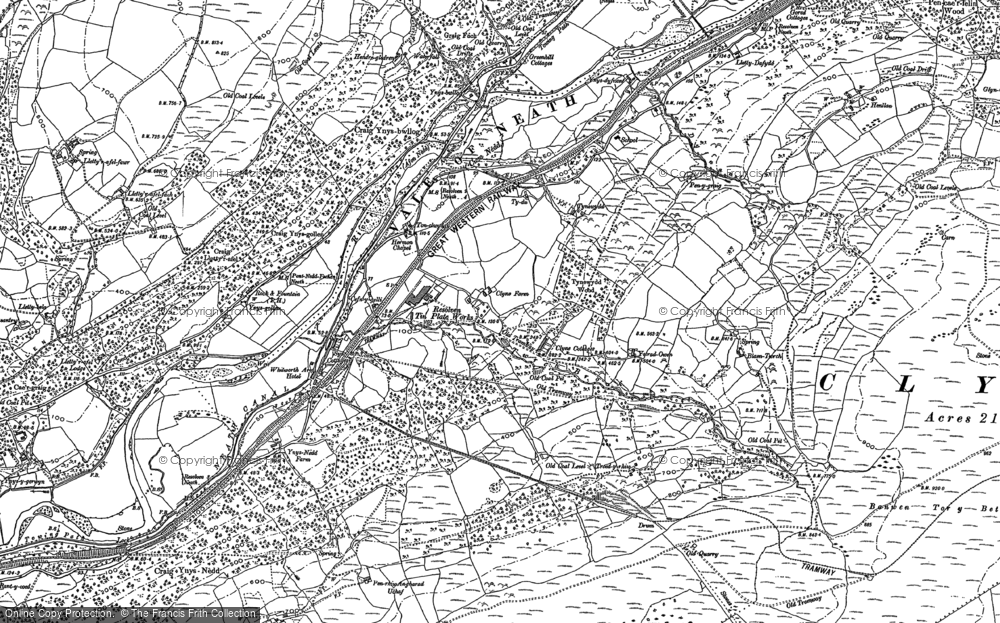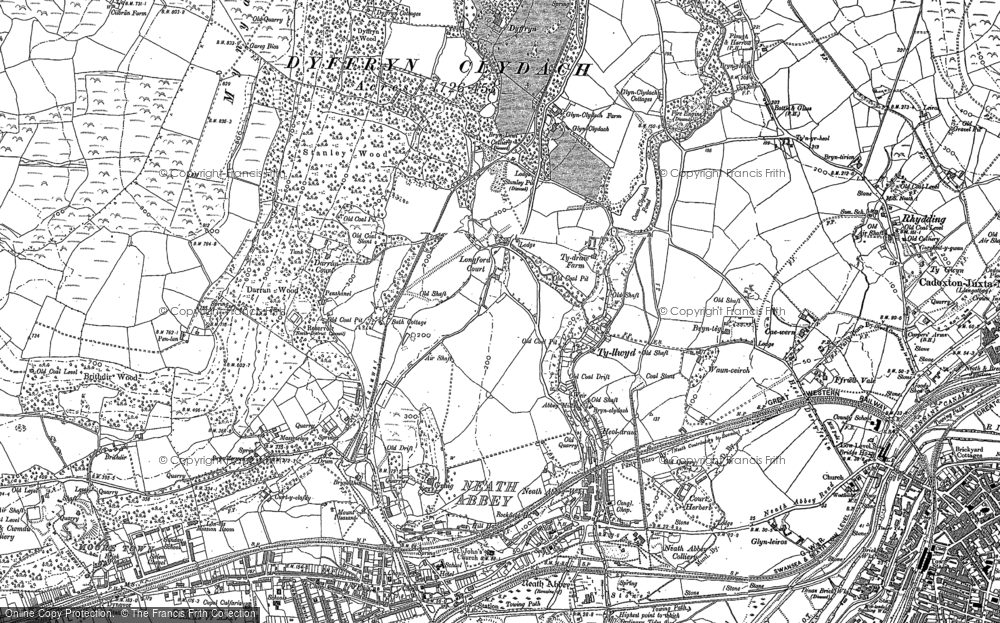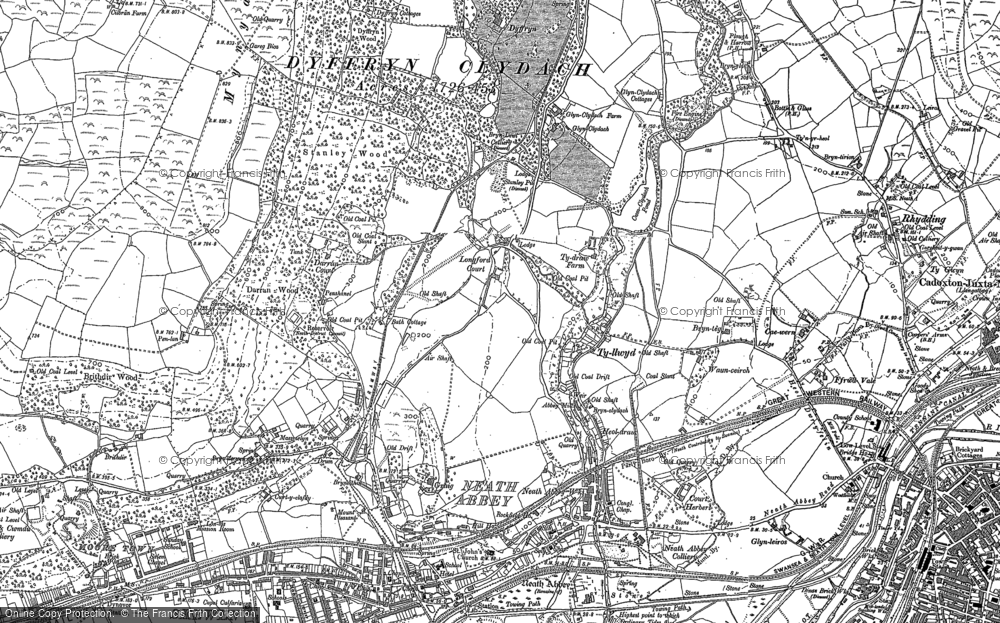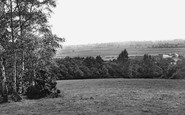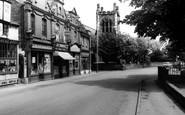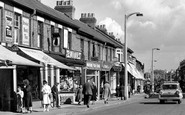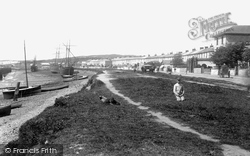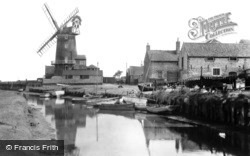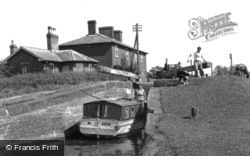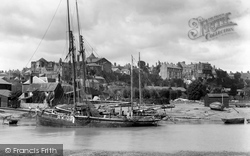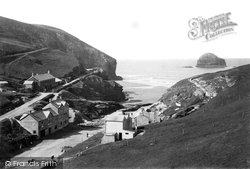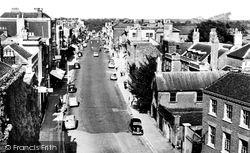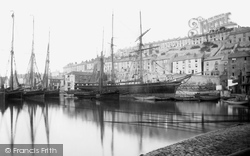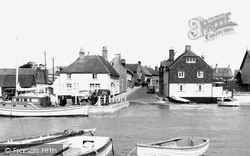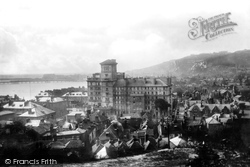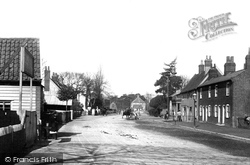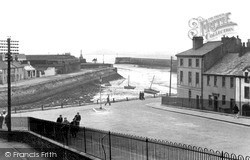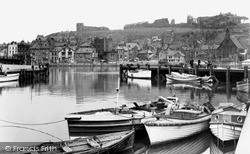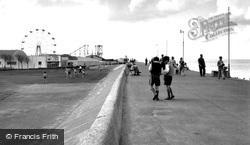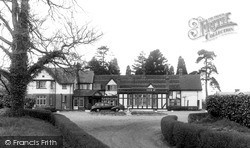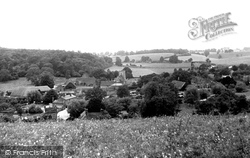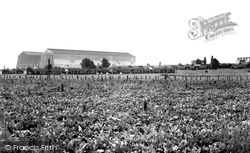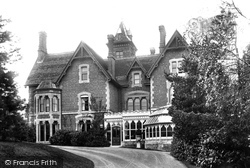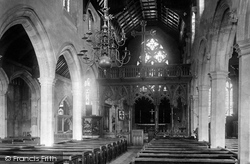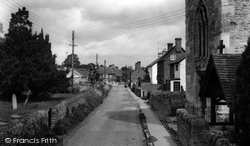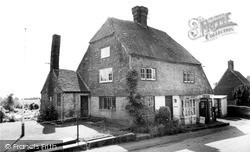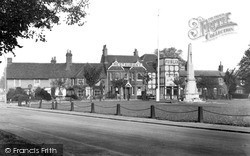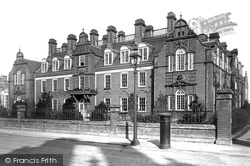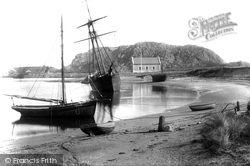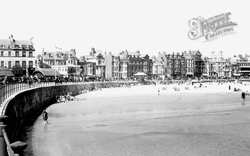Places
Sorry, no places were found that related to your search.
Photos
Sorry, no photos were found that related to your search.
Maps
670 maps found.
Books
4 books found. Showing results 649 to 4.
Memories
1,789 memories found. Showing results 271 to 280.
Wonderful Memories Of A 1970's Kid...Also Asking For Some Help If Possible.
I grew up in Bristol for the first 5 years of my life, then moved to Byfleet, and lived there for a short time until I was 10. We emigrated to the states because my Dad, who worked ...Read more
A memory of Byfleet by
Memories Of Fenny Stratford
My mother, Florrie Rollings, was born on April 23rd 1891 in one of a small row of cottages, now demolished at the A5 end of Victoria Road. I had many aunts and uncles both in Fenny and in Bletchley. My mother's ...Read more
A memory of Fenny Stratford by
Big Stars
I saw Little Stevie Wonder at The Orchid when I was about 13 and he not much older, in the early 60s. Amazing young man in his red bolero type jacket and red trousers, playing his mouth organ. Also saw The Drifters there, great group, and ...Read more
A memory of Croydon by
British Films
I was born in Louisville Road in 1944 . My father ,Jack, was General Manager of British Films Ltd in Balham High Road. We moved out of London shortly after I was born, but my father continued to run B Films well into the 1950's. Does ...Read more
A memory of Balham in 1944
The Ideal Village
I lived with my grandparents for a short while in the late forties and visited often over the next fifteen years or so. Their home was one of the wooden bungalows that was Ewden Village. My grandad worked on the reservoirs as ...Read more
A memory of Ewden Village in 1948 by
When We Were Young!
Way back in the early 1950's my friends and I went everywhere on our cycles. On one occasion three of us set out from Grays and went across the ferry at Tilbury to Gravesend then down the old A road to Canterbury where we had a ...Read more
A memory of Corringham by
Molyneux Road Prefabs
Have read with interest memories of others who lived in the prefabs in Molyneux Rd, My Dad had just returned from WW2 and this was our first real HOME. I too remember Trevor Jones - his Mum and Dad were one of the first in the ...Read more
A memory of Upton in 1947 by
Roecliffe Manor
All I ever wanted was to be a nurse but not having the exam results to do this our family Doctor suggested to my mother I go to a Children's Convalescence Unit in Woodhouse Eaves and work voluntary; at first I thought this was ...Read more
A memory of Woodhouse Eaves in 1969 by
I Lived Here In 1962
My Father had gone to New Zealand in search of new frontiers and my mother, older brother Martin and sister, Jane and myself were staying with my Nanna in Queen Street-we were there for over a year. Dad came home and we ...Read more
A memory of Ellesmere Port in 1962 by
Captions
1,058 captions found. Showing results 649 to 672.
Yet it was a prosperous port and boasted thriving iron foundries and an early copper-smelting house.
This picturesque flint village was once the most significant of the Glaven estuary ports, and its old Custom House bears testimony to its prestigious past.
It runs between Wolverhampton and Ellesmere Port. It passes through delightful countryside, and maintains a level for twenty miles until it reaches Wheaton Aston.
The letters RX preceding the number on the side of the foreground boat indicate that it is registered by the Board of Trade in the port of Rye, which is situated some two miles up river
The higher building on the left is now the Port William inn.
An important sailing centre, Lymington was originally a Saxon port with shipbuilding in operation between the Norman era and the 18th century.
Despite its fame as a fishing port from the Middle Ages onwards, people have lived around Brixham for some half a million years.
During the 18th and 19th centuries Emsworth was an important port along this stretch of coast, and it became successful mainly through corn milling, boat building, fishing and a flourishing oyster industry
The harbour came under the control of the Dover Harbour Board in 1923, which developed it into one of the busiest ports in the world.
At this time, Felixstowe enjoyed popularity as a seaside resort, but the dream of eccentric local landowner Colonel Tomline to transform the town into a major port had not yet materialised - that was to
In its heyday, the port would be filled with up to 80 vessels, exporting the locally mined coal and iron ore, but today it is largely silted up and used only for small fishing boats and weekend sailors
This view of the Upper Harbour in the ancient port of Whitby situated where the River Esk runs into the North Sea has hardly changed since the 1950s.
East of Gravesend, near where the Thames Estuary meets the North Sea, is Sheerness, a port and seaside resort on the north-west corner of the Isle of Sheppey.
After its conversion, The Aubreys was used for a short time as a holiday centre for children from Bethnal Green.
The village of Hampstead Norris nestles in a shallow valley, the buildings dominated by the short broad tower of St Mary's church in the background.
The Short Brothers built the sheds, the administration blocks and a workers' village called Shortstown. It became an RAF base in 1936.
In November 1869, William T Gunner of Will Hall wrote in his diary: 'walked with Fred Crowley to see the site of his new house [Ashdell House, seen in this photograph]; he will be married shortly.'
Because of its very constricted site, St Helen's Church is immensely wide but relatively short.
Church Lane runs north from the High Street towards its eastern end, with St Peter's Church a short way along it. The tower is 15th-century, but most of the rest was rebuilt in Victorian times.
The shop has closed and the telephone kiosk moved a short distance. Stone quarrying is a local industry and fossils have been found.
Shortly afterwards, the open bowling green was fenced off.
Shortly afterwards it was uprooted by Tory
Pwllheli was once the most important port on this coast, but in the 19th century it was eclipsed by the new harbour at Porthmadog.
As a D- Day embarkation port, Weymouth had been in the front line throughout the war.
Places (0)
Photos (0)
Memories (1789)
Books (4)
Maps (670)




